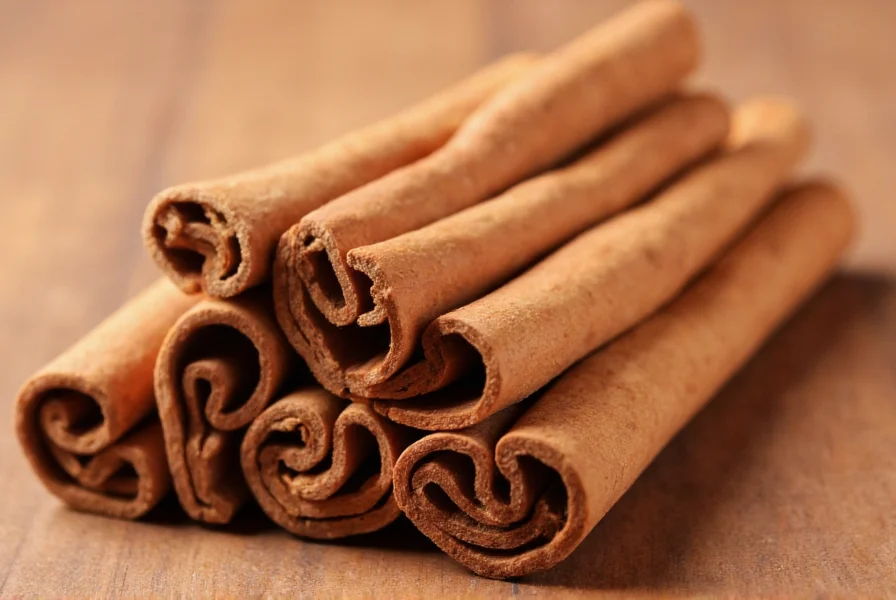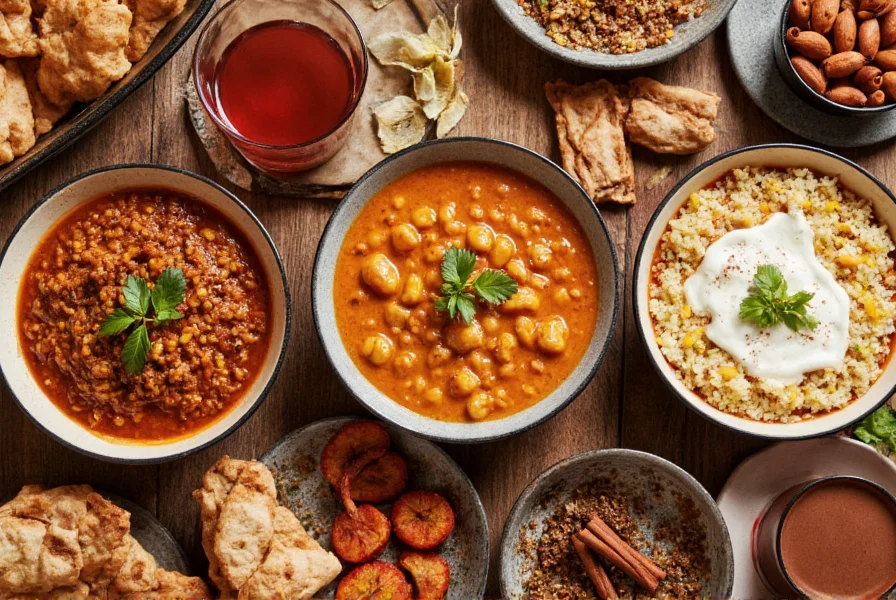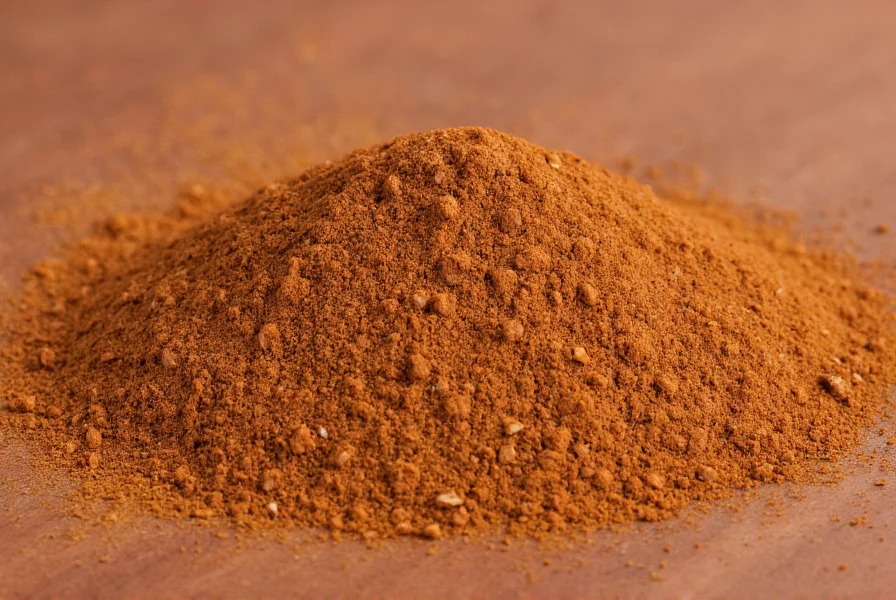When exploring is cinnamon spice a legitimate classification, the answer lies in understanding what defines a spice versus other flavoring agents. Unlike herbs, which come from the leafy parts of plants, spices originate from seeds, roots, bark, or fruits of tropical plants. Cinnamon specifically comes from the bark of cinnamon trees, placing it firmly in the spice category.
What Makes Cinnamon a True Spice
The classification of cinnamon as a spice isn't arbitrary—it meets all botanical and culinary criteria. Spices are characterized by coming from non-leaf parts of plants, typically from tropical regions, and having strong flavors and aromas. Cinnamon checks every box:
| Spice Characteristic | How Cinnamon Qualifies |
|---|---|
| Source Material | Inner bark of Cinnamomum trees (not leaves) |
| Geographic Origin | Tropical regions (Sri Lanka, India, Southeast Asia) |
| Flavor Profile | Strong, warm, sweet-aromatic properties |
| Historical Use | Traded as valuable spice since ancient times |
Understanding the Spice vs. Herb Distinction
Many people wonder is cinnamon a herb or spice, creating unnecessary confusion. The distinction is botanical:
- Herbs come from the green, leafy parts of herbaceous (non-woody) plants, typically grown in temperate climates (basil, parsley, mint)
- Spices derive from other plant parts—bark, roots, seeds, or fruits—usually from tropical plants (cinnamon, ginger, cloves, pepper)
Cinnamon's origin as tree bark definitively places it in the spice category, not herbs. This explains why what type of spice is cinnamon has a straightforward answer: it's a bark spice, similar to cassia (though distinct from it).
Types of Cinnamon Spice
Not all cinnamon is created equal. Understanding the varieties helps clarify cinnamon spice definition in practical terms:
- Ceylon cinnamon (Cinnamomum verum): "True cinnamon" with delicate flavor, multiple thin bark layers
- Cassia cinnamon (Cinnamomum cassia): More common, stronger flavor, thicker single-layer bark
- Saigon cinnamon (Cinnamomum loureiroi): Highest oil content, intensely aromatic
- Malabar cinnamon (Cinnamomum citriodorum): Citrus notes, less common
Each variety functions as a spice in cooking, though their intensity and culinary applications differ. This variation explains why some recipes specify particular cinnamon types when exploring why is cinnamon a spice worth considering carefully.

Historical Context of Cinnamon as a Spice
Cinnamon's status as a spice isn't modern classification—it has been valued as such since ancient times. Historical records show:
- Egyptians used it in embalming rituals as early as 2000 BCE
- Roman naturalist Pliny the Elder documented its value equivalent to 15 times silver's weight
- Medieval European spice traders guarded cinnamon sources as valuable trade secrets
- Viking explorers sought cinnamon routes long before Columbus
This historical treatment as a precious commodity—traded across continents, stored in royal treasuries, and used in religious ceremonies—further confirms cinnamon's undisputed status as a spice. The question is cinnamon considered a spice would have seemed odd to ancient traders who built fortunes on this very classification.
Modern Culinary Applications of Cinnamon Spice
Today, cinnamon functions precisely as spices should—enhancing flavor profiles without dominating dishes. Professional chefs utilize its properties as a spice through:
- Flavor layering: Building complexity in both sweet and savory dishes
- Aromatic enhancement: Releasing volatile oils when heated to perfume dishes
- Preservation properties: Natural antimicrobial effects extending food shelf life
- Color contribution: Imparting warm golden-brown hues to foods
Unlike herbs added late in cooking, spices like cinnamon often benefit from earlier addition to allow flavors to meld—a technique confirming its spice classification. This explains why cinnamon spice benefits extend beyond mere flavor to functional culinary properties.

Common Misconceptions About Cinnamon
Several myths contribute to confusion around is cinnamon spice classification:
- Misconception: Cinnamon is a herb because it comes from a tree
Reality: Tree-derived flavorings are spices when from non-leaf parts (bark, roots) - Misconception: All cinnamon is the same
Reality: Different species have distinct chemical profiles and culinary uses - Misconception: Cinnamon's health benefits make it a supplement, not a spice
Reality: Many spices have documented health properties while remaining spices
Understanding these distinctions helps clarify why the question is cinnamon a spice has a definitive answer in culinary science.
Practical Tips for Using Cinnamon as a Spice
Maximize cinnamon's potential as a spice with these professional techniques:
- Storage: Keep in airtight container away from light (loses potency in 6-12 months)
- Grinding: Freshly grind sticks for stronger flavor than pre-ground powder
- Pairing: Complements chocolate, fruits, nuts, and warm spices like cardamom
- Temperature: Add early in cooking for infused flavor, late for brighter notes
These usage patterns align with standard spice handling rather than herb application, further confirming cinnamon's proper classification.
Frequently Asked Questions
Is cinnamon a spice or seasoning?
Cinnamon is definitively classified as a spice, not merely a seasoning. While all spices are seasonings, not all seasonings are spices. Cinnamon meets the botanical definition of a spice as it comes from the bark of tropical trees, distinguishing it from herbs (leaf-based) and basic seasonings like salt.
Why is cinnamon considered a spice when it comes from a tree?
The distinction between spices and herbs isn't whether they come from trees, but which part of the plant is used. Spices derive from non-leaf parts of plants (bark, roots, seeds, fruits), while herbs come from leafy parts. Since cinnamon comes from tree bark rather than leaves, it's classified as a spice.
What makes cinnamon different from other spices?
Cinnamon differs from many spices as a bark spice rather than seed or root spice. Its primary active compound, cinnamaldehyde, creates its distinctive sweet-woody aroma. Unlike pepper or cloves, cinnamon works exceptionally well in both sweet and savory applications across global cuisines, making it one of the most versatile spices available.
Can cinnamon be classified as both a spice and a superfood?
Yes, cinnamon functions simultaneously as a spice and a nutrient-dense food. Its classification as a spice relates to its culinary use and botanical origin, while potential health benefits (antioxidants, anti-inflammatory properties) contribute to its superfood reputation. These classifications aren't mutually exclusive—many spices have notable nutritional profiles.
Does the type of cinnamon affect its classification as a spice?
No, all cinnamon varieties (Ceylon, Cassia, Saigon, Malabar) are classified as spices regardless of type. The botanical origin (tree bark) remains consistent across varieties, maintaining their status as spices. Differences between types affect flavor intensity and coumarin content, but not their fundamental classification as spices.











 浙公网安备
33010002000092号
浙公网安备
33010002000092号 浙B2-20120091-4
浙B2-20120091-4